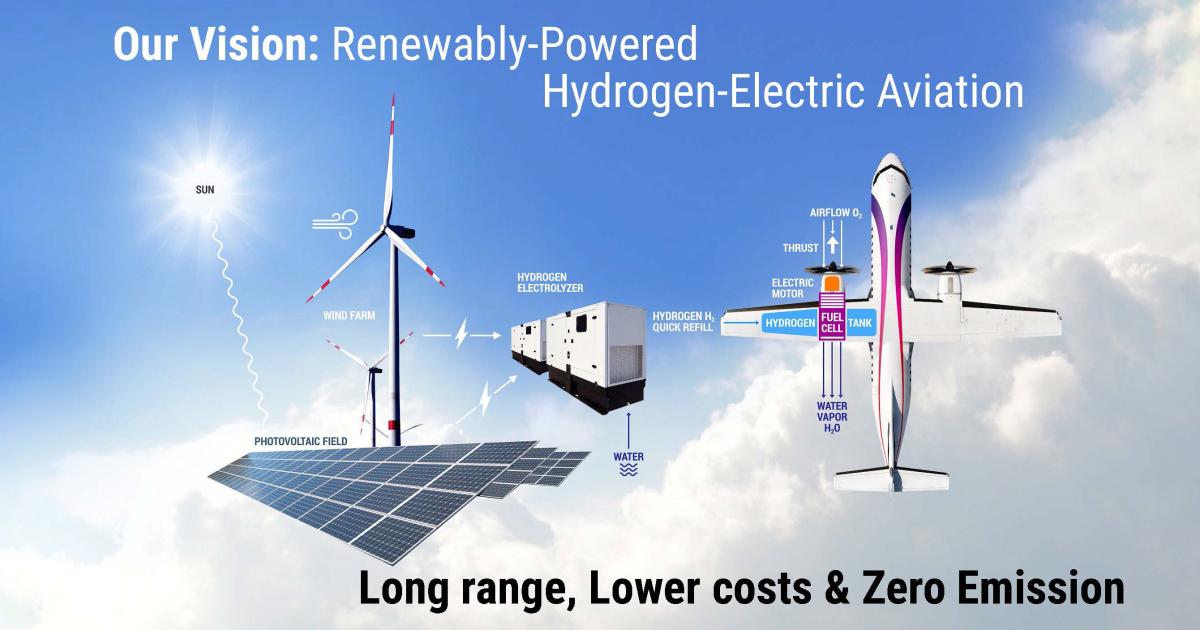Hydrogen Advocates Say Theirs Is the Ultimate Path to Aviation's Zero-Carbon Future
Start-ups like Universal Hydrogen, HyPoint, and ZeroAvia are taking different approaches to converting aircraft to hydrogen propulsion, arguing they can get this solution to market quicker than new-build aircraft programs.

